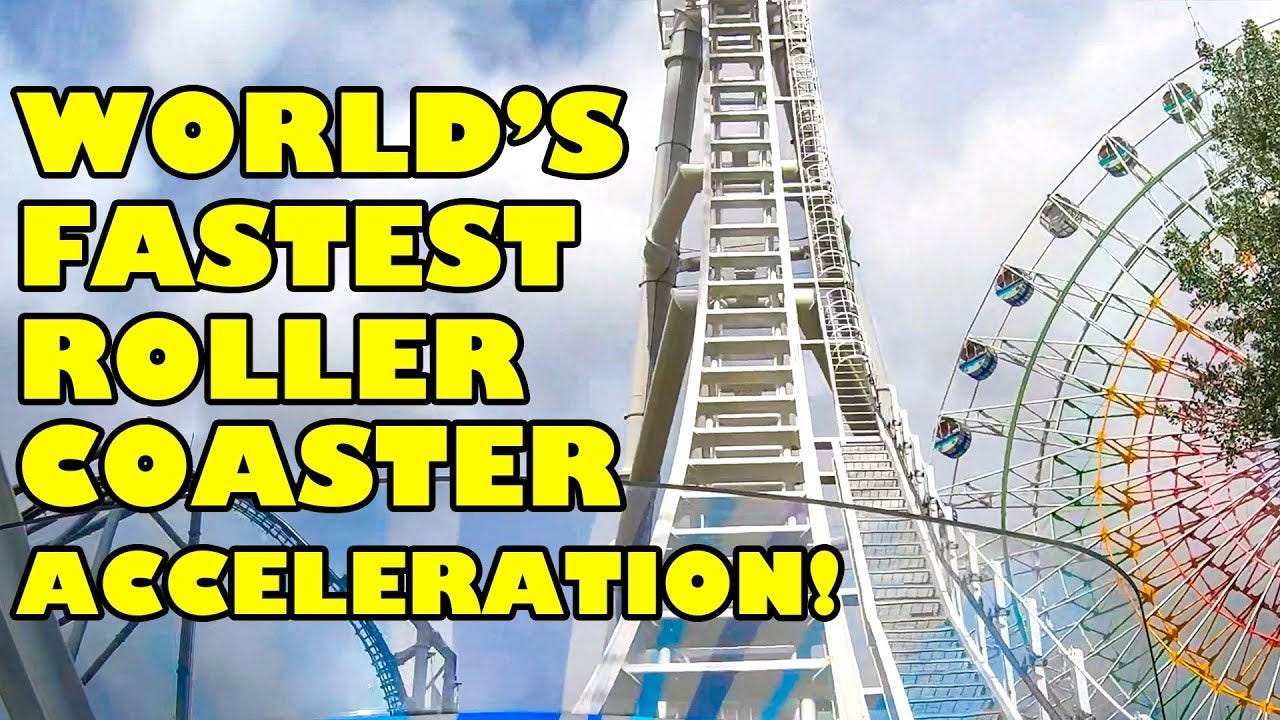Fuji-Q: The Theme Park That Breaks You (And Why It Has To)
Theme Park Nation: In a country ruled by Disney’s polished magic, Fuji-Q built its empire on raw physics, world records, and calculated terror - and it sucks!
I. The Park That Breaks Bones
It began with a countdown, a robotic voice, and a deafening hiss. In a sealed tunnel, riders braced themselves. Then, 1.56 seconds.
In that sliver of time, the Do-Dodonpa roller coaster at Fuji-Q Highland used a compressed air launch system to rocket its passengers from a standstill to 180 kilometers per hour (111.8 miles per…




